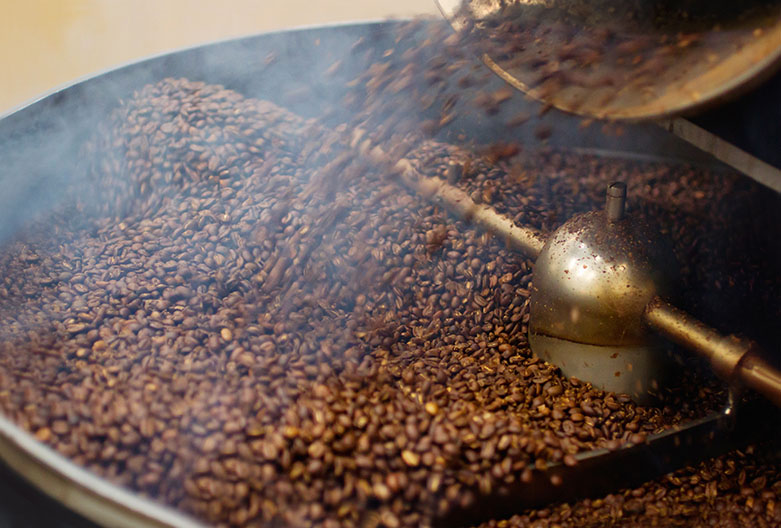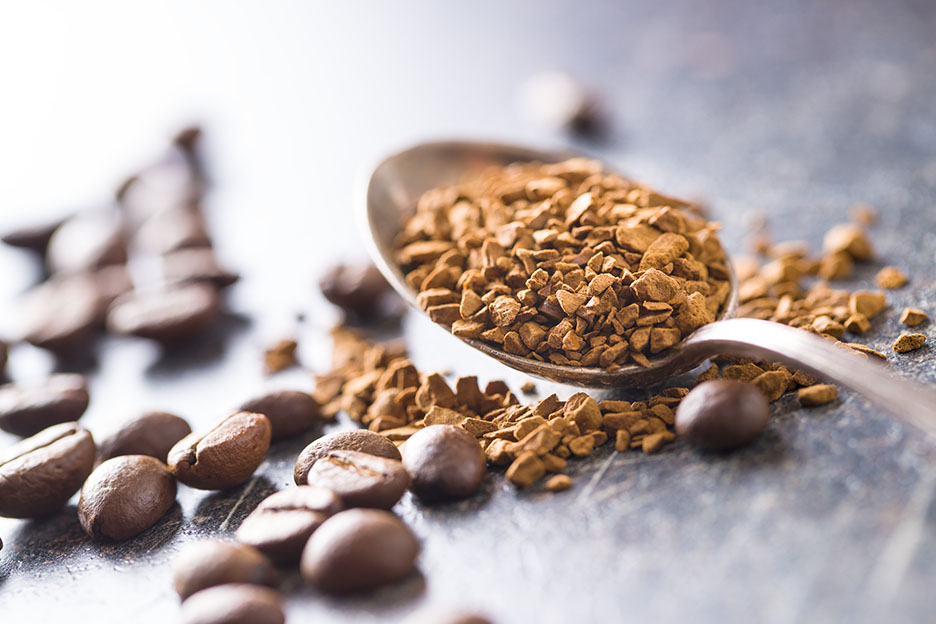Why is some coffee much cheaper than others?
Lily Hedley | July 29, 2025 | 10 minute read

Coffee can be the highlight of your morning… Or it can be a big disappointment. When budgets are tight it’s tempting to choose the lowest-cost option. You might even be considering cheap coffee beans
But what are you actually getting when you go for cheap coffee?
Here’s what drives the cost and what might be compromised when you choose the cheapest option.
What factors affect the price of coffee?
Coffee is a crop. Like wine or olive oil, the price varies depending on how it’s grown, harvested, processed and packed.
We have an article on why the market price of coffee has been so high in 2025, and another that explores the future challenges faced by the coffee industry.
Lets break down the techniques used to keep the price down on cheaper coffees.
Lower-grade beans
Budget coffee often relies on low-grade Arabica or bulk Robusta. These beans are grown for volume, not flavour, and are usually harvested by machine. They’re bought at or near the commodity price, with no premium for quality, sustainability, or traceability.
No direct trade
To keep prices down, many suppliers buy through exporters or traders rather than sourcing directly from farms. This strips out transparency and reduces control over things like environmental practices, fair pay, or working conditions.
Blends of different beans
Budget blends use whatever beans are cheapest at the time. The aim isn’t flavour — it’s consistency at volume. Flaws are masked by mixing large lots from different regions, often sacrificing any distinct taste profile.

Dark roasting to hide defects
Cheaper beans are often roasted darker to cover up issues like age, inconsistency, or poor processing. While dark roasts can taste strong, they also flatten flavour and increase bitterness. It’s less about taste and more about masking flaws.
Basic packaging and storage
Cheaper coffees are packed in low-cost materials without freshness protection like nitrogen flushing or one-way valves. They’re often stored for long periods, which means the coffee arrives stale before it ever reaches the machine.
No investment in sustainability
Budget coffees tend to avoid certifications and ethical premiums. That usually means no support for local farming communities, no traceable environmental standards, and no transparency on how producers are paid.
Is instant coffee cheaper because it uses different beans?
Yes. Most instant coffee is made using robusta beans, which grow faster and are easier to farm than arabica. Robusta has more caffeine but tends to taste more bitter. Instant coffee is made by brewing these beans, then drying the liquid into granules that dissolve in water.
It’s convenient and doesn’t need any equipment, but it rarely delivers the smoothness or richness people expect from café-style coffee.
Is ground coffee better than instant?
In most cases, yes. Ground coffee is usually made from arabica beans, which are slower to grow and more expensive to produce but offer better flavour. It hasn’t been dehydrated like instant, so the aroma and taste are more balanced.
Ground coffee is often the entry point for offices looking to improve quality without investing in equipment. It’s not as fresh as whole bean coffee, but it’s a noticeable step up from instant.

Why is whole bean coffee more expensive?
Whole bean coffee is less processed and holds its flavour until the moment it is ground. It’s usually roasted in smaller batches, sealed fresh, and often sourced more carefully. This improves quality but also increases cost.
When used in a bean-to-cup machine, whole beans offer the same experience as a café-style drink without hiring a trained barista. The machine handles everything from grinding to extraction, so the user experience stays simple. The taste is fresher, the texture is smoother, and you get more consistency with every cup.
What are the hidden costs of cheap coffee?
The listed price is only part of the cost. Cheaper coffee can lead to other, less visible expenses.
Taste and experience: If people don’t enjoy the coffee, they’ll waste it or go elsewhere to get something better. That means lost time and less engagement on site.
Perception: Coffee is one of the first things visitors notice. If it feels like an afterthought, it can affect how your workplace is perceived.
Sustainability: Low-cost coffee is often produced with limited transparency. That makes it harder to verify if it’s been responsibly sourced or fairly traded.
Is it worth paying more for better coffee?
If you value your employees, it’s worth paying a little more for something people genuinely want to drink.
Good quality coffee supports morale, reduces café trips, and helps people feel considered.
That doesn’t mean you need to buy the most expensive option. But if you’re only choosing the cheapest because it fits the budget, it’s worth looking at what else you might be losing. Coffee that no one enjoys ends up wasted. Coffee that people look forward to will brighten their day.